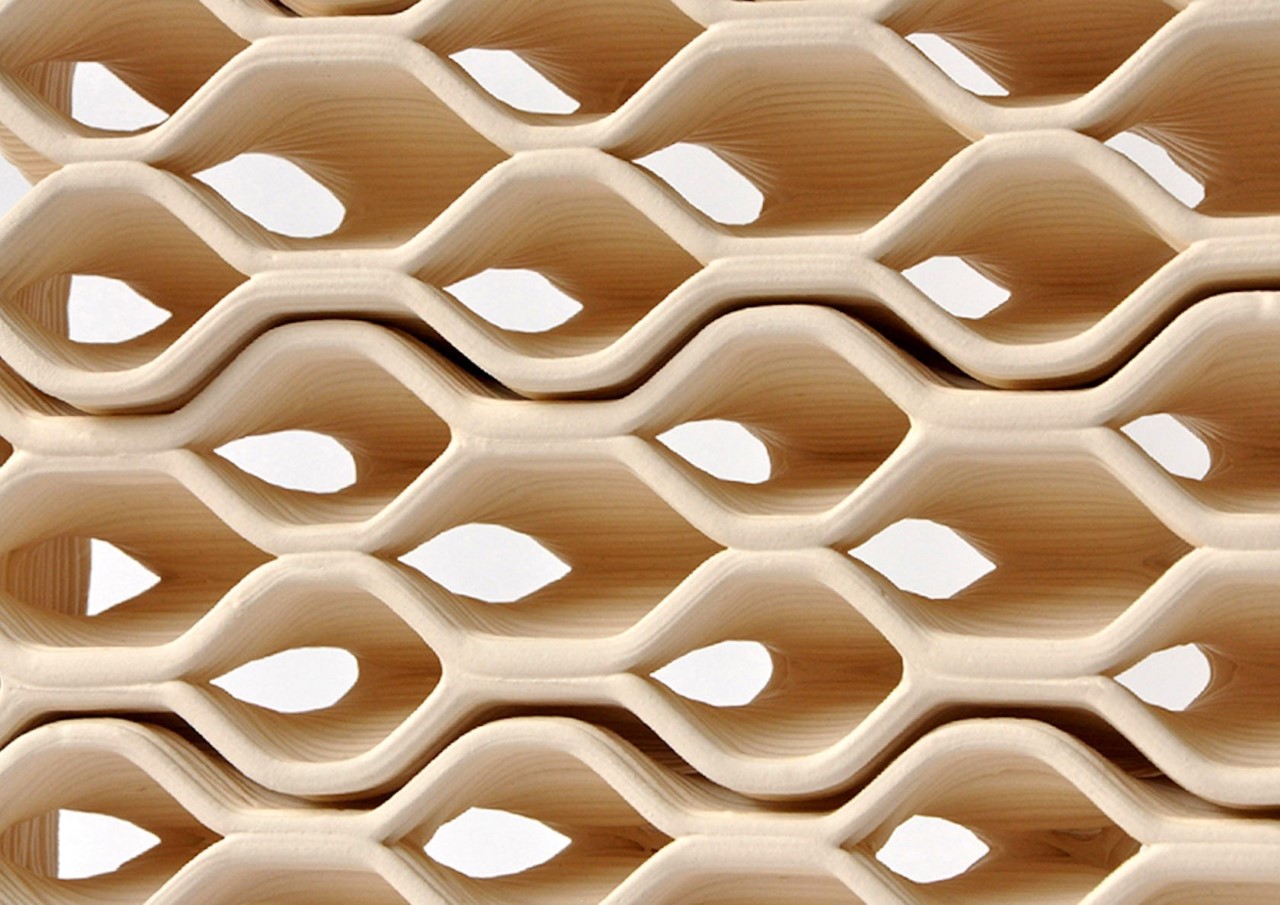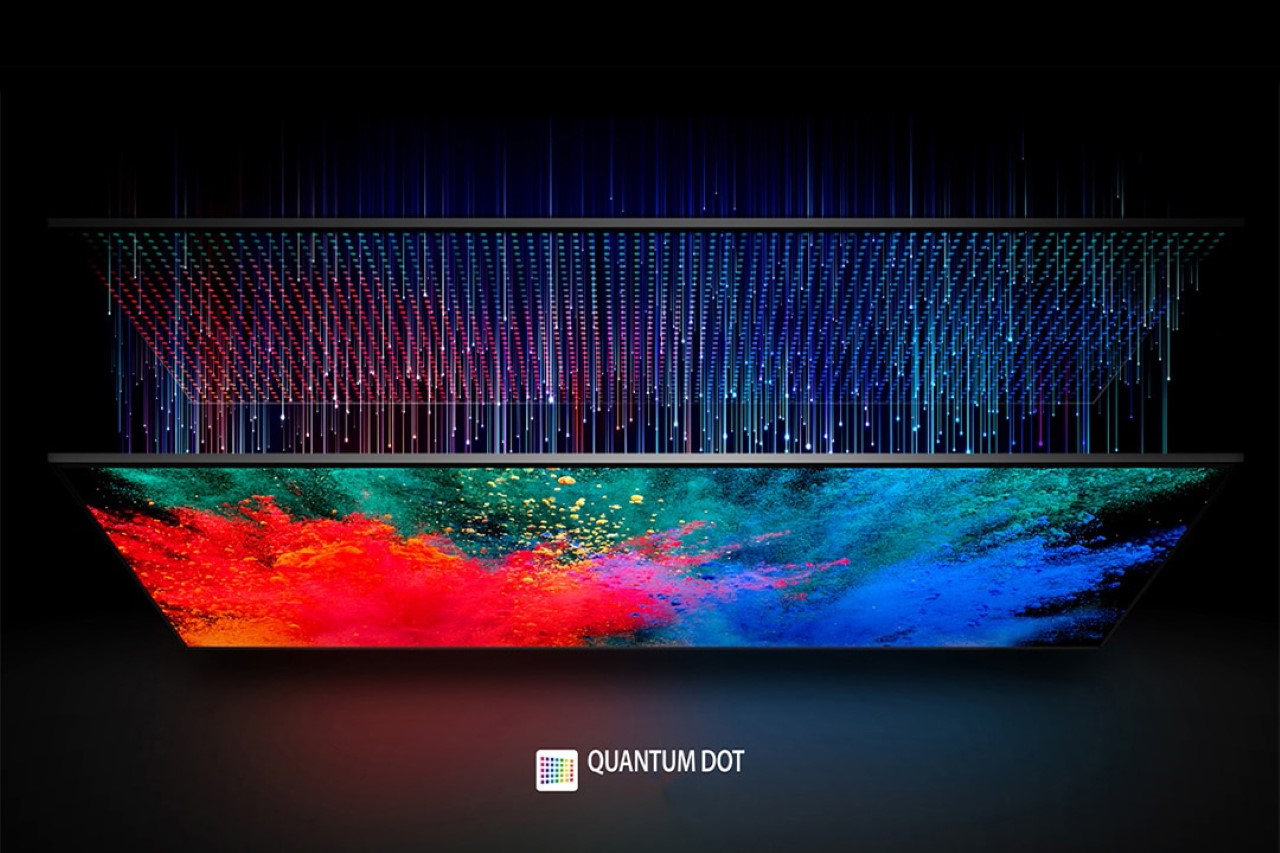View more

Imagine a world where buildings heal their own cracks, mushrooms become furniture, and fashion can help regulate your body temperature to keep you comfortable no matter the weather. This isn’t a chapter from a science fiction novel; it’s the near future of design materials that are set to revolutionize our lives in 2024. From self-healing concrete to bioengineered plastics, innovators across the globe are pushing boundaries to create materials that not only challenge our traditional understanding of functionality but also promise sustainability and efficiency like never before. A lot of these materials may not seem incredibly new to you, but advancements in their production (and rapid deployment) earn them a spot on this list. These aren’t ‘unheard of’ materials, but rather, are materials that are slowly and surely becoming more and more accessible to companies looking to innovate and bring the latest advancements to the world. Be prepared to hear more and more about these materials going forward, because of how radically powerful they are, and how much potential they hold to make lives easier, processes more efficient, and the world hopefully greener and better.
 This unassuming compound, often overshadowed by its silicon cousins in years past, is poised to claim center stage as one of the top ten game-changing materials for technology. Imagine a substance so versatile that it could simultaneously shrink your bulky laptop charger into an almost weightless accessory and at the same time propel electric vehicles towards unprecedented efficiencies. GaN does just that, thanks to its remarkable ability to handle higher voltages and dissipate less heat than silicon—traits that are propelling us headlong into an era of energy efficiency that once seemed like science fiction. In laboratories around the globe, GaN is already flexing its muscles; showing off not only in power electronics but also making waves in radio frequency applications where speed is king. With 5G networks unfurling their potential across cities worldwide, GaN stands ready as a key player in amplifying signals with clarity and precision unheard of before. But don’t let these technical feats overshadow GaN’s environmental bravado—it operates cooler and wastes less power, which means smaller cooling systems and greener solutions all around.
This unassuming compound, often overshadowed by its silicon cousins in years past, is poised to claim center stage as one of the top ten game-changing materials for technology. Imagine a substance so versatile that it could simultaneously shrink your bulky laptop charger into an almost weightless accessory and at the same time propel electric vehicles towards unprecedented efficiencies. GaN does just that, thanks to its remarkable ability to handle higher voltages and dissipate less heat than silicon—traits that are propelling us headlong into an era of energy efficiency that once seemed like science fiction. In laboratories around the globe, GaN is already flexing its muscles; showing off not only in power electronics but also making waves in radio frequency applications where speed is king. With 5G networks unfurling their potential across cities worldwide, GaN stands ready as a key player in amplifying signals with clarity and precision unheard of before. But don’t let these technical feats overshadow GaN’s environmental bravado—it operates cooler and wastes less power, which means smaller cooling systems and greener solutions all around.

This marvel, just one atom thick and yet stronger than steel, is poised to redefine our approach to everything from electronics to architecture. Picture a world where your smartphone bends like paper without breaking or buildings that withstand earthquakes with ease; this isn’t a fanciful daydream but the tangible future promised by graphene. Revered for its exceptional conductivity, it’s set to revolutionize solar panels, turning them into ultra-efficient light sponges that could make clean energy more accessible than ever before. Imagine textiles imbued with this wonder material – clothing that can monitor health or even charge your devices on-the-go (we already know of thermoregulating fabrics that rely on the properties of Graphene)… but what truly sets graphene apart is its versatility – it’s not merely enhancing existing products but paving the path for innovations we haven’t even dreamed of yet.

You’ve probably heard of quantum dots in one of Samsung, LG, or Sony’s press releases about their latest televisions… but what exactly are these quantum dots, and what about them made them enter this list? Well, quantum dots (QDs) are nanocrystals with unique optical properties, making them ideal for next-gen display technologies. These tiny semiconductor particles are small enough to exhibit quantum mechanical properties, which allow them to emit light at specific wavelengths when energized. The result? Vibrant colors and improved energy efficiency in displays ranging from TVs to smartphones. While the world is coalescing around quantum dot displays (moving away from traditional LCDs and OLEDs) because of how incredibly vivid and lifelike they are, the potential for these dots extends way beyond just displays, with their ability to help make solar panels MUCH more efficient, as well as revolutionize (and democratize) quantum computing.

If the term ‘Liquid Metal Alloys’ instantly got you thinking of T-1000 from Terminator 2, you’re bang on the money. Imagine a metallic substance as malleable as playdough yet capable of conducting electricity better than copper and withstanding extreme temperatures without breaking a sweat. Liquid metal alloys, composed primarily of gallium mixed with other metals like indium and tin, challenge our very notions of solidity and permanence. These wonder materials can be poured into molds to create seamless parts for complex machinery or used in flexible electronics (think wearable tech or soft robotics) that bend without breaking – think foldable smartphones taken to an entirely new level. Moreover, their self-healing properties ensure longevity in products that would otherwise succumb to wear and tear. Researchers across global high-tech sectors are buzzing about how liquid metal alloys could revolutionize everything from medical devices—enabling more responsive prosthetics—to aerospace components that can endure volatile space conditions unscathed. The transformative potential is immense: energy storage systems becoming more efficient, soft robotics gaining unprecedented flexibility and sensitivity, and even consumer gadgets getting sleeker upgrades while enhancing durability.

Envision a world where engines run cooler and last longer because of ceramic components impervious to heat and wear or where our smartphones are virtually indestructible thanks to scratch-resistant ceramic screens (Apple’s already experimenting with their CeramicShield technology). This alchemy of silicon nitride, zirconium oxide, and alumina stands poised to shatter expectations—without shattering itself—with its unparalleled strength-to-weight ratio and thermal stability. The brilliance lies not just in what these materials can endure but also in their uncanny ability to conduct electricity or resist it entirely depending on the need—a trait that makes them indispensable in electronic devices and solar panels alike. As environmental considerations take center stage globally, advanced ceramics offer an eco-friendly beacon for sustainable development with their durability reducing waste over time.

Derived from cellulose, the most abundant polymer on earth, nanocellulose is an absolute eco-friendly wonder-material. At just a nanometer scale in width, nanocellulose fibers are invisible to the naked eye but hold the future of sustainable technology firmly within their minuscule grasp. Why is nanocellulose turning heads this year? Picture a material lighter than plastic yet robust enough to challenge steel’s dominance in tensile strength—a true David amidst industrial Goliaths. Manufactured through methods that break down plant matter into its cellular level, nanocellulose transcends its humble origins by boasting properties like biodegradability and low toxicity—all while maintaining remarkable thermal stability and barrier qualities against gases. It’s no surprise then that industries from packaging to aerospace are scrambling to integrate it into their products for an edge in environmentally conscious innovation.
기사원문링크>
https://www.yankodesign.com/2024/02/11/top-10-game-changing-materials-that-are-shaping-the-design-and-technology-world-in-2024/